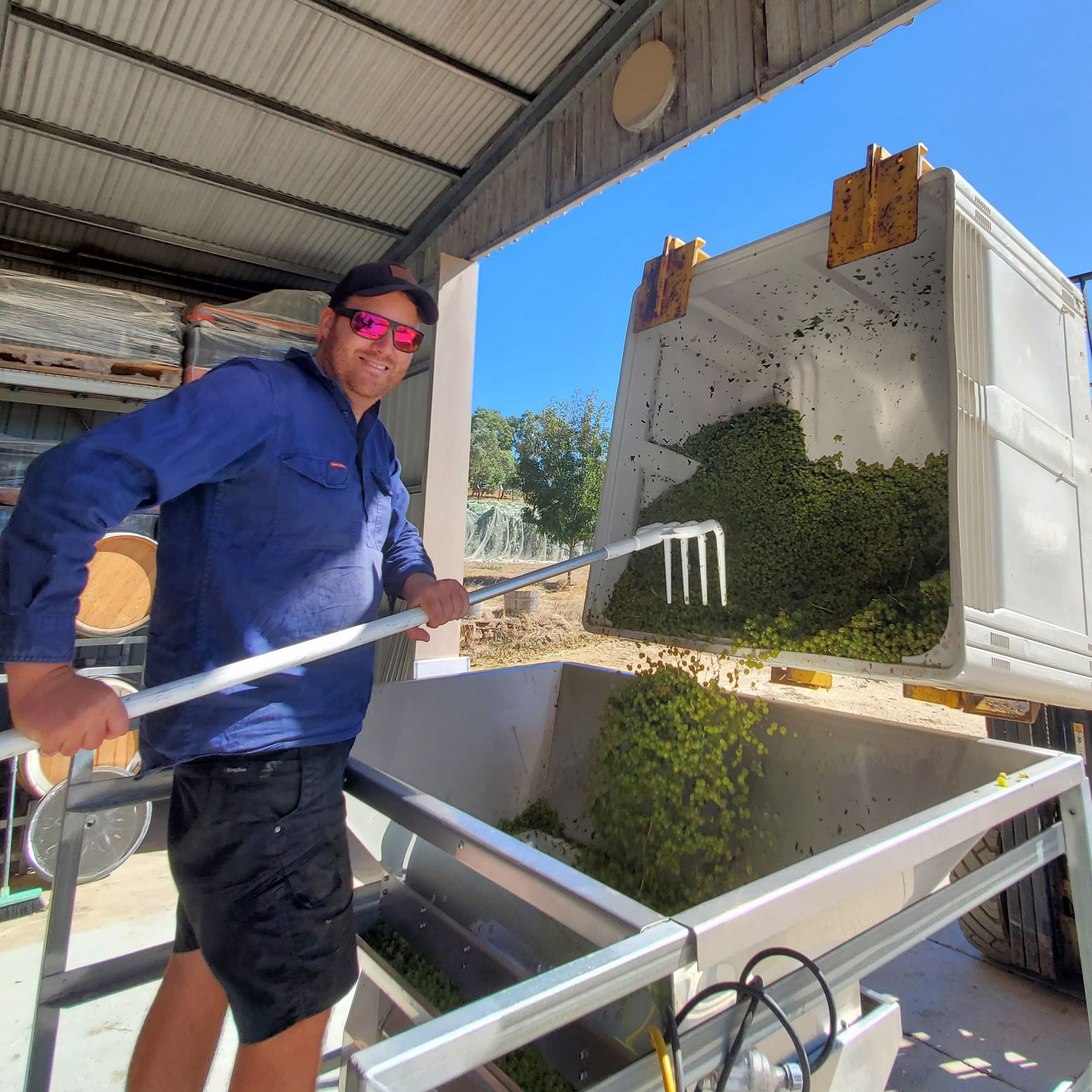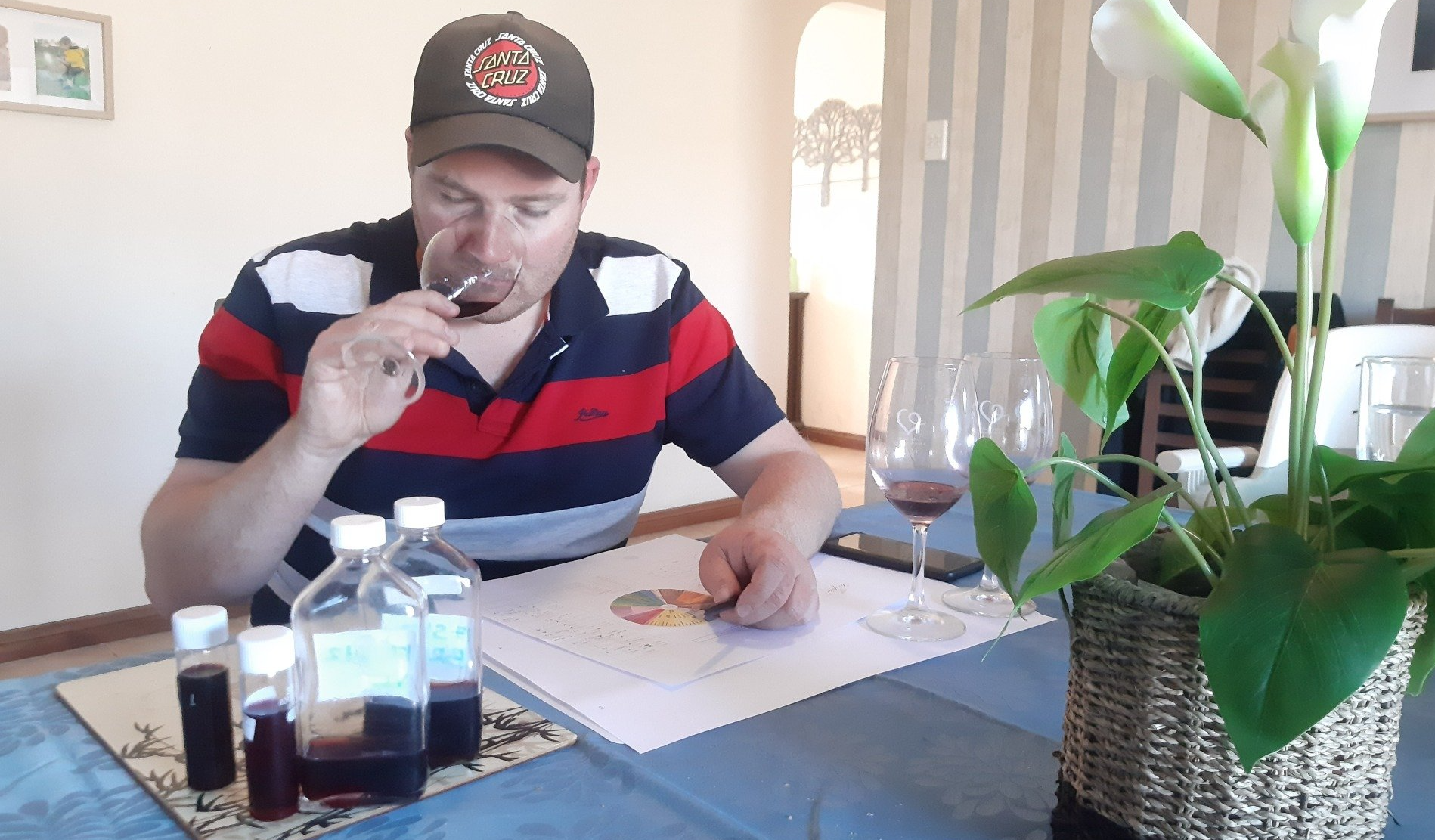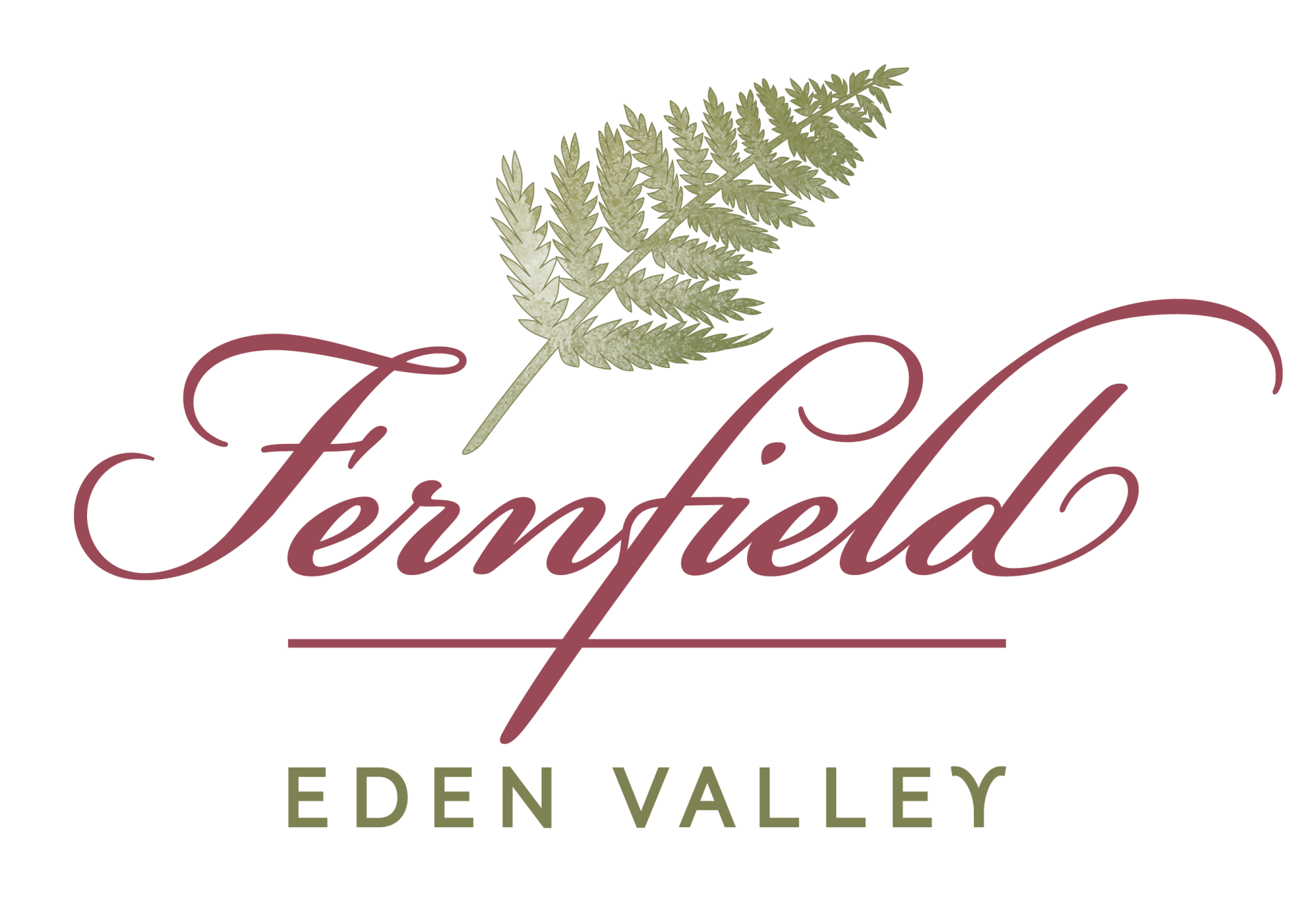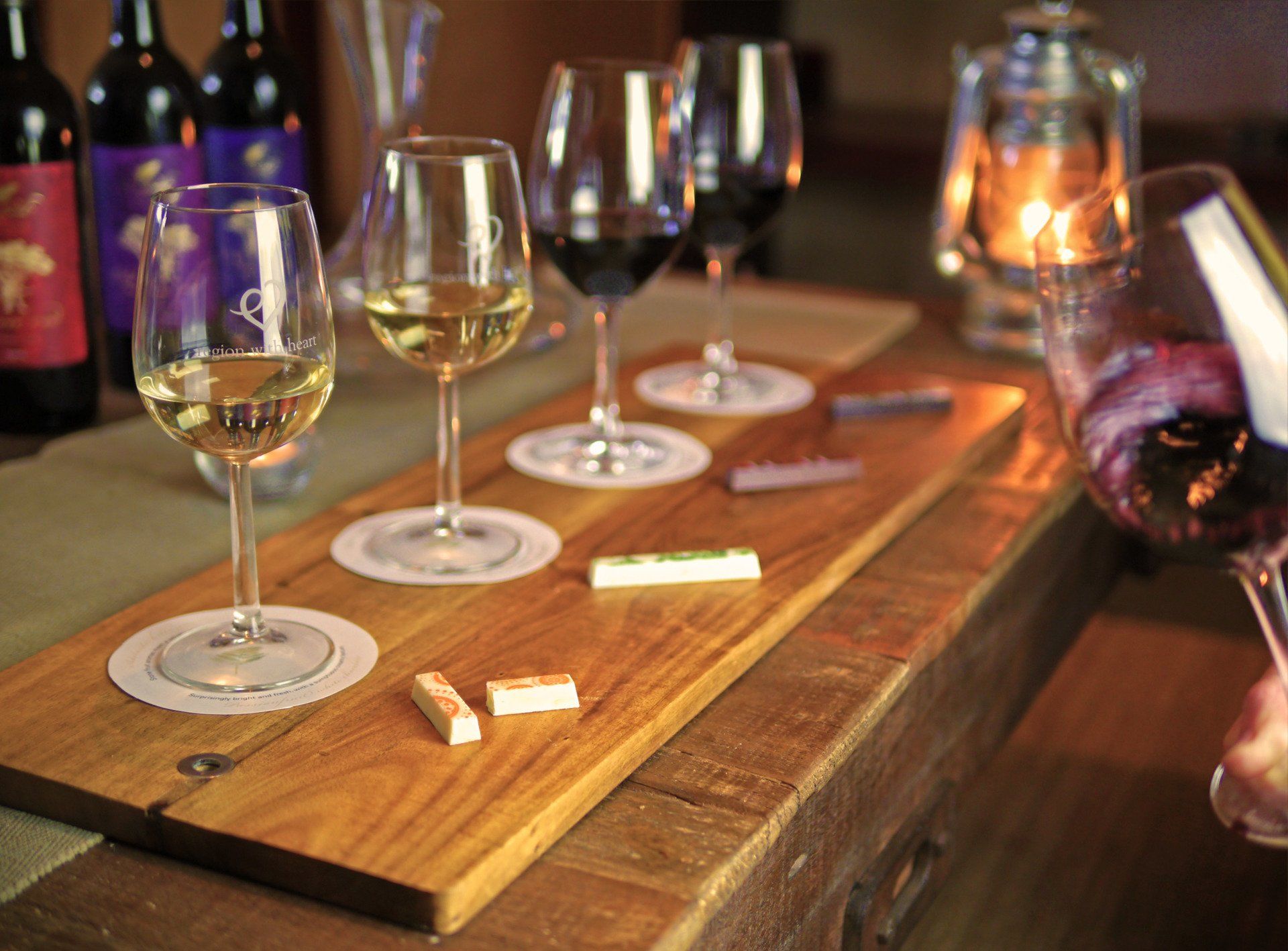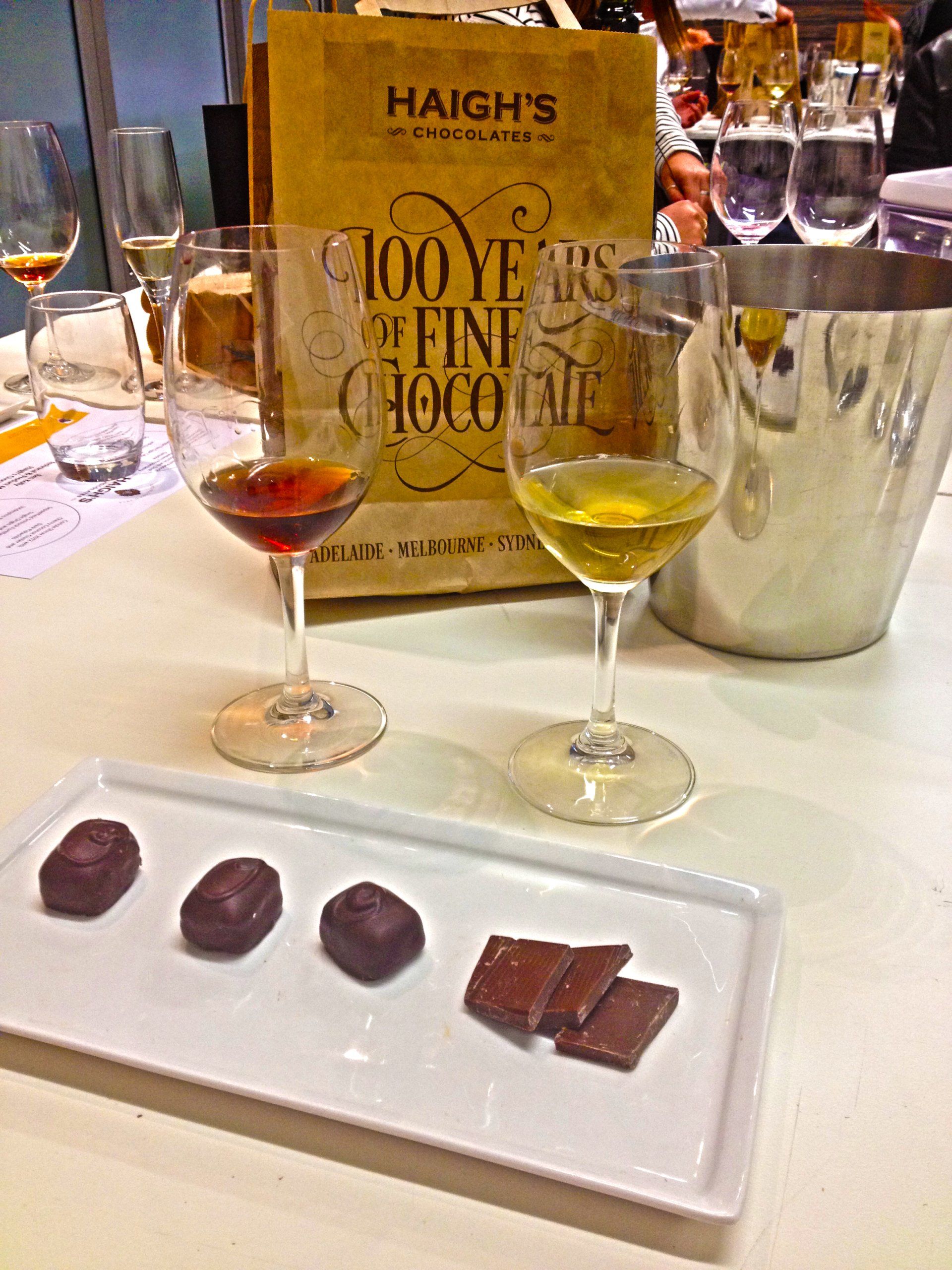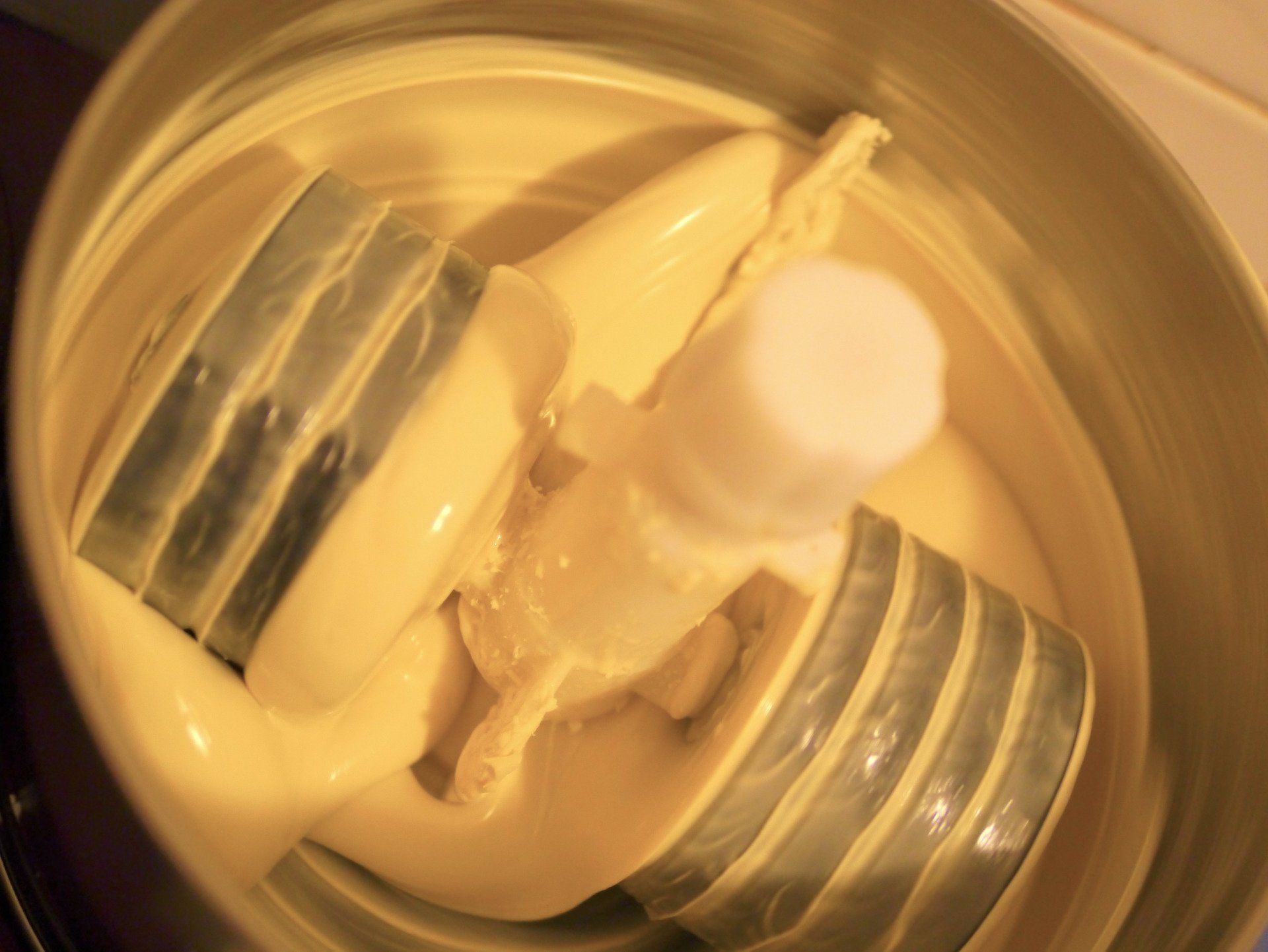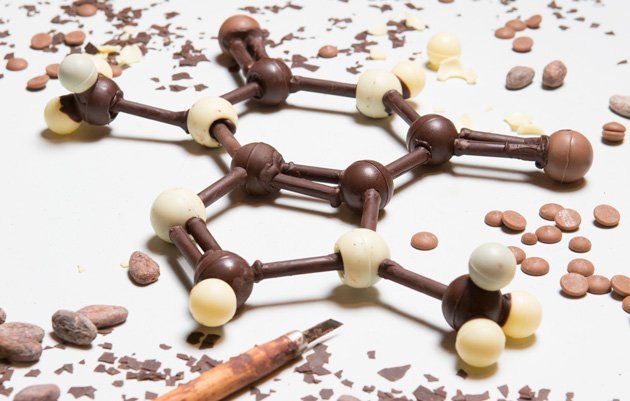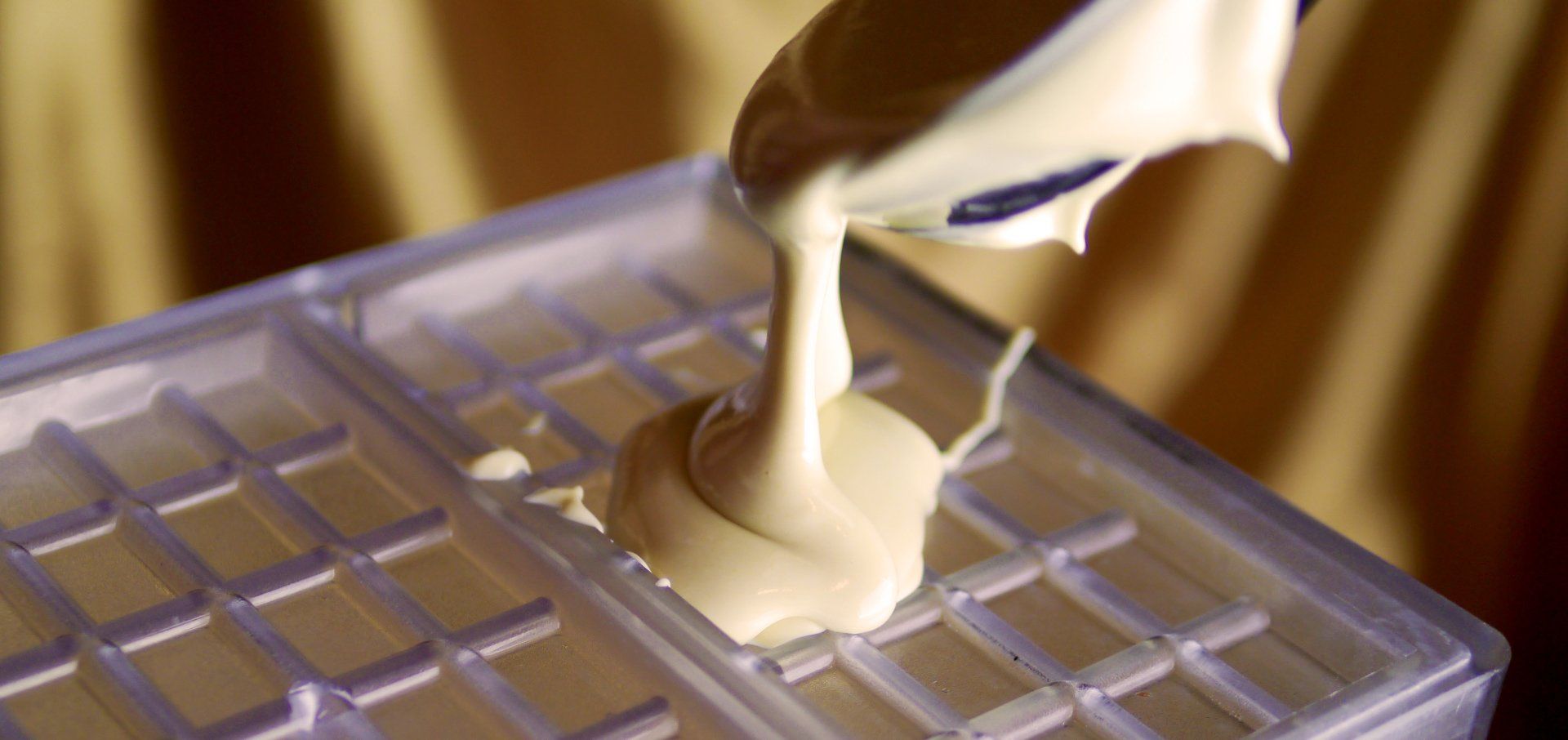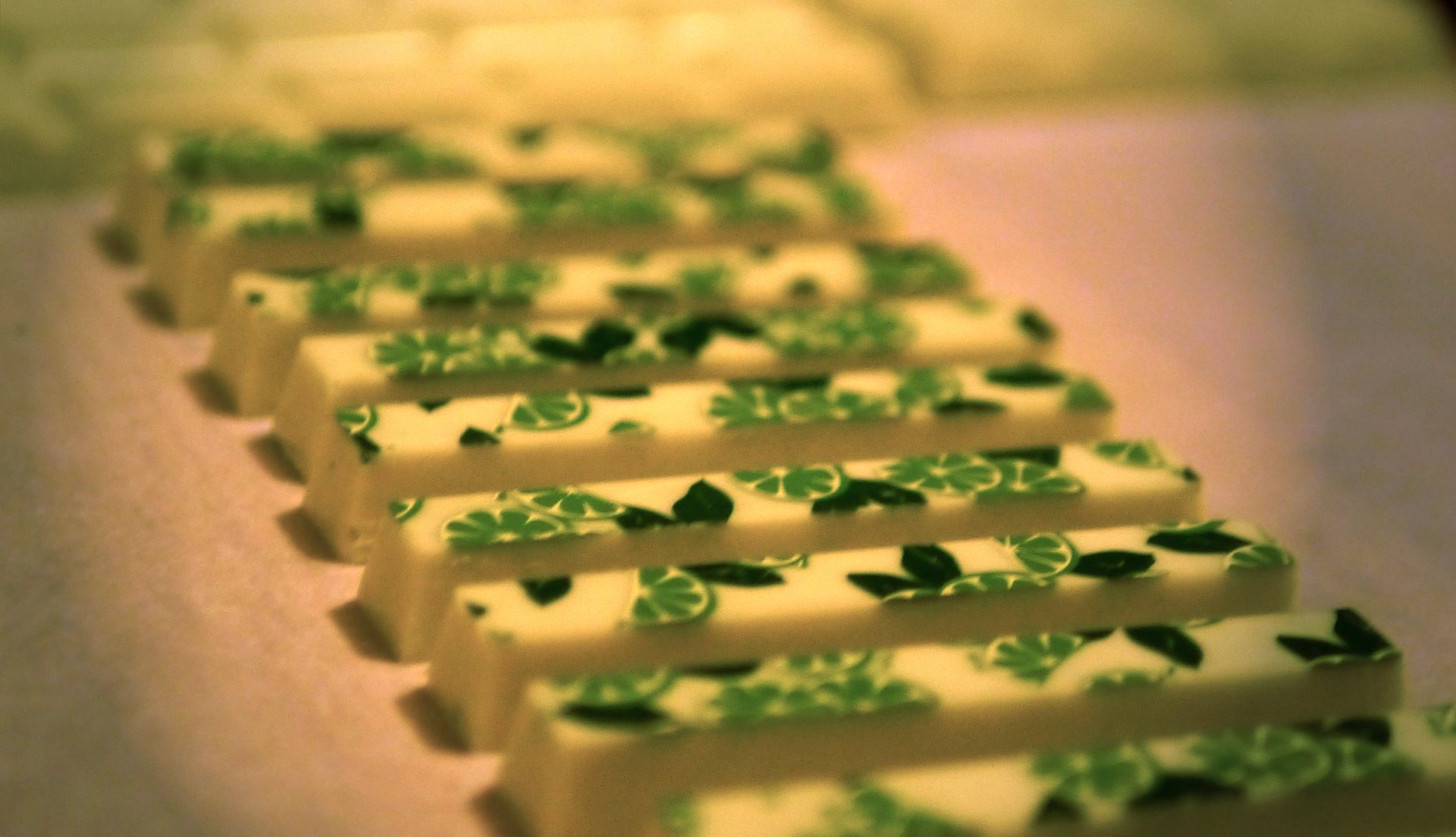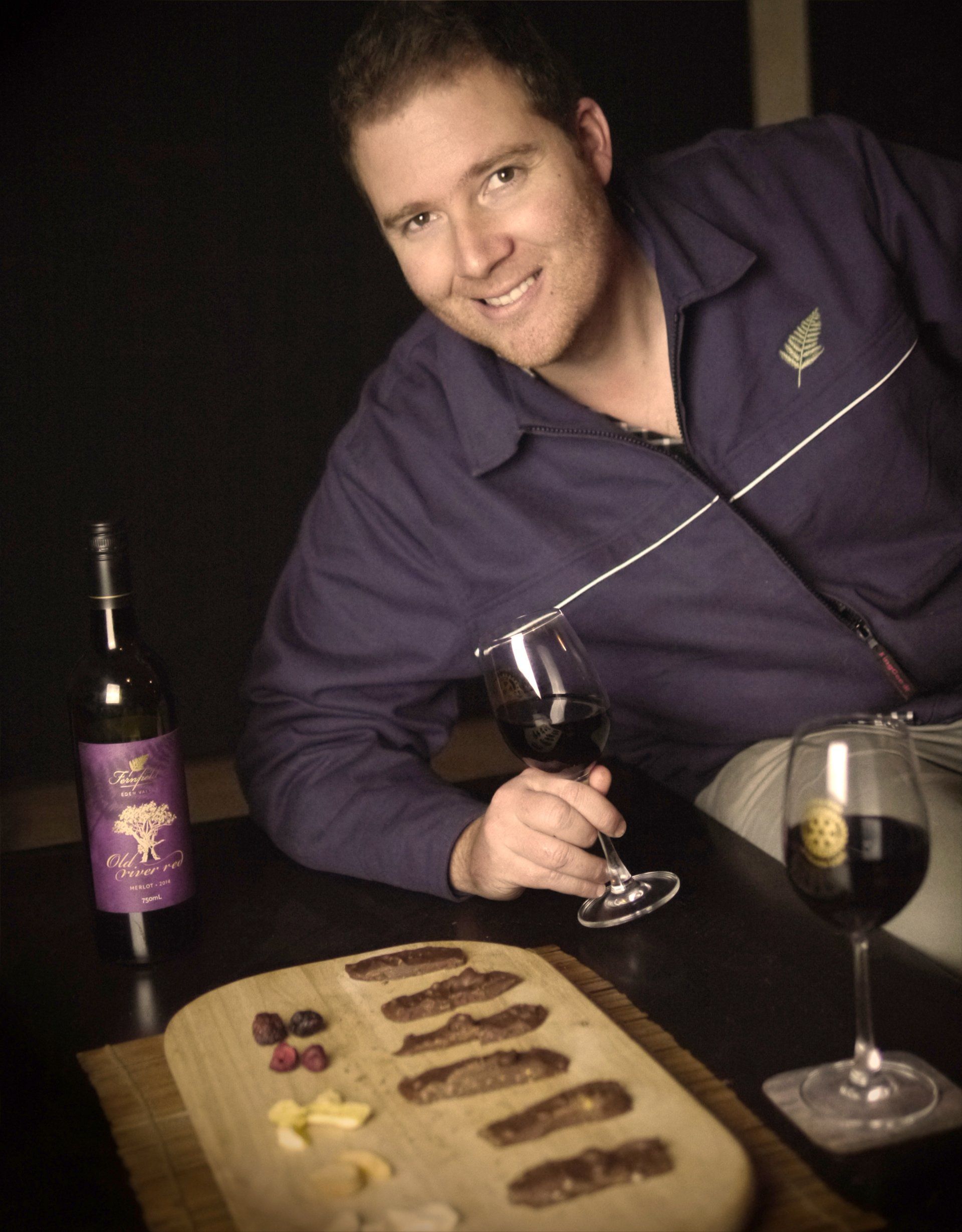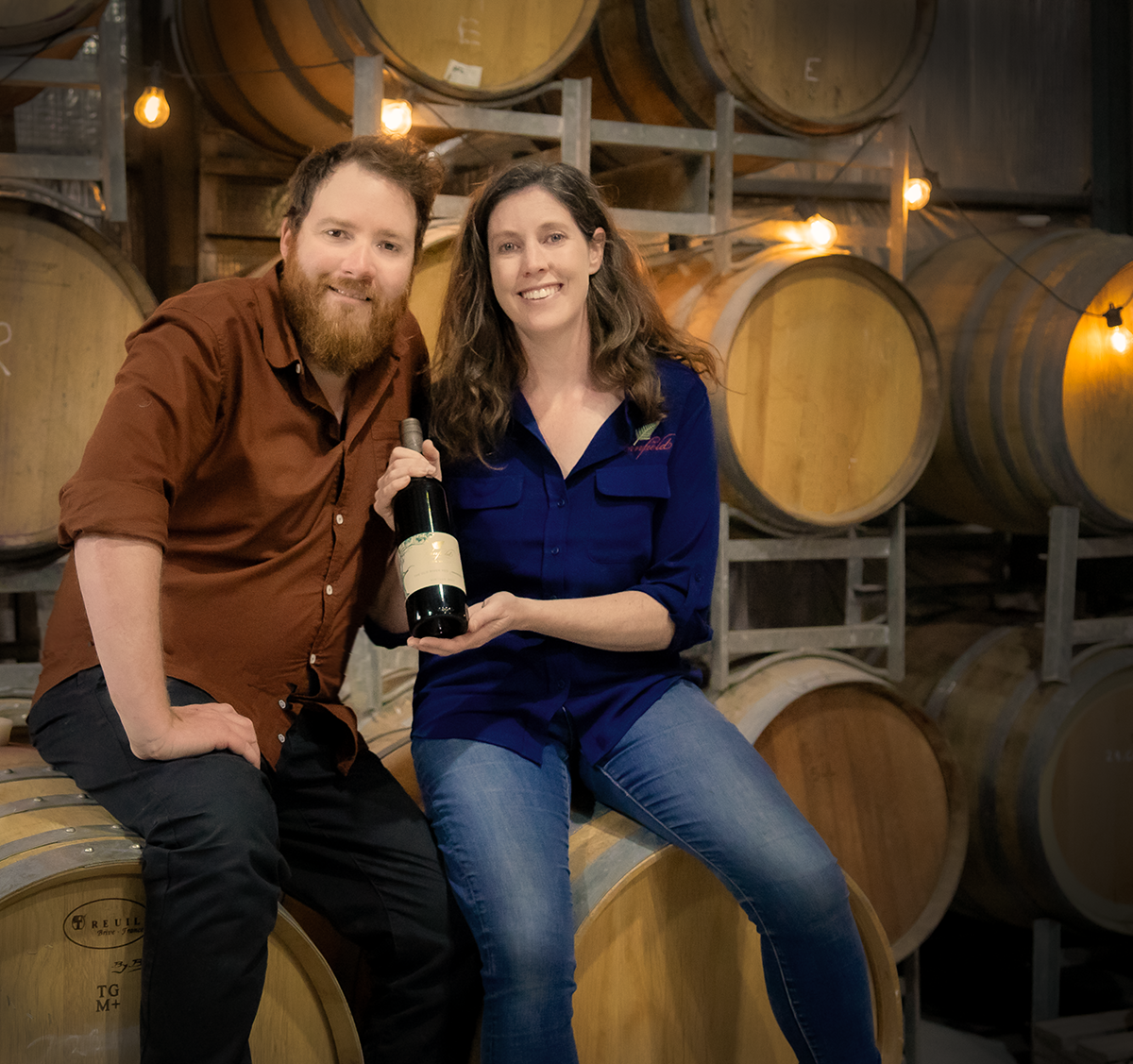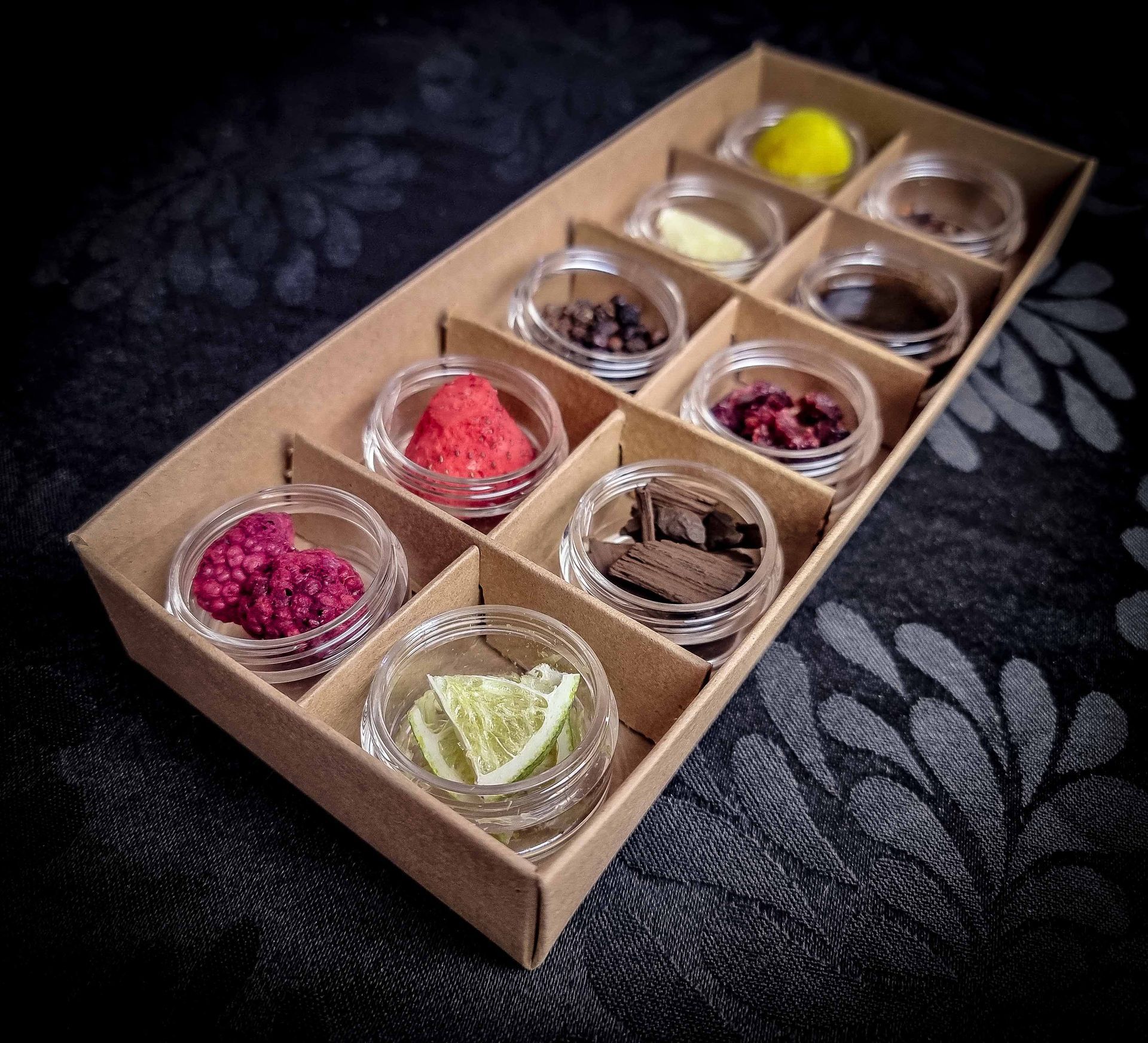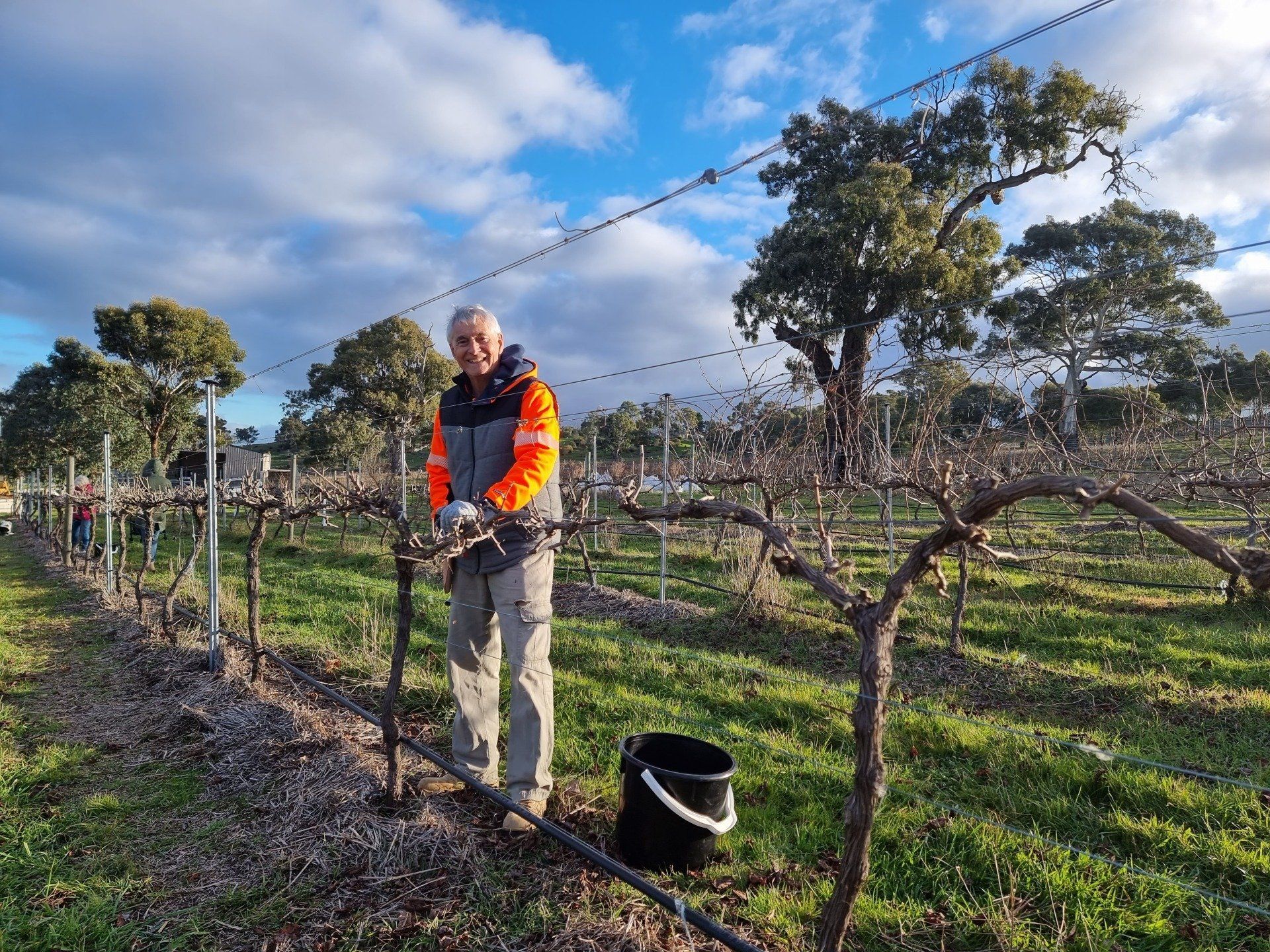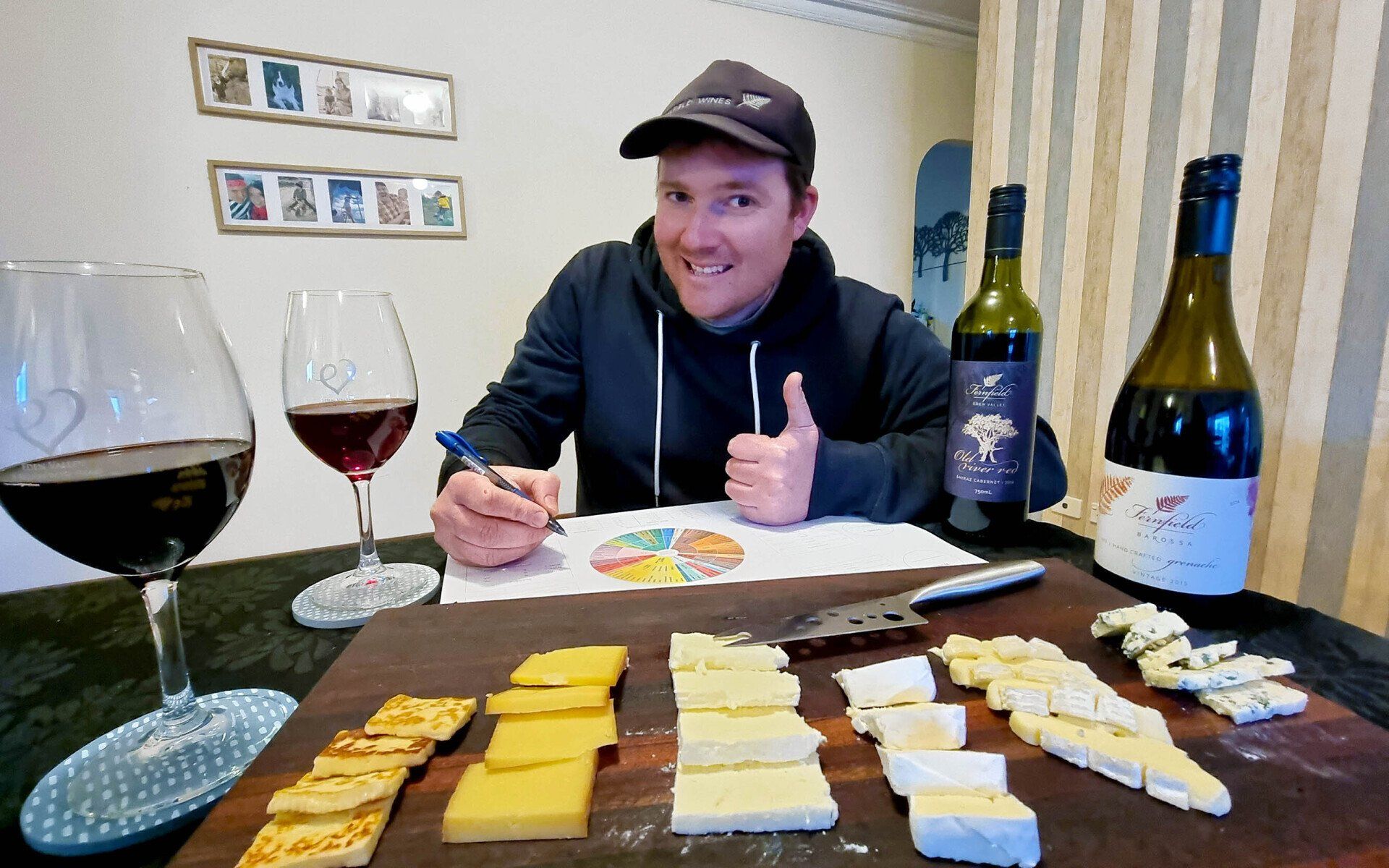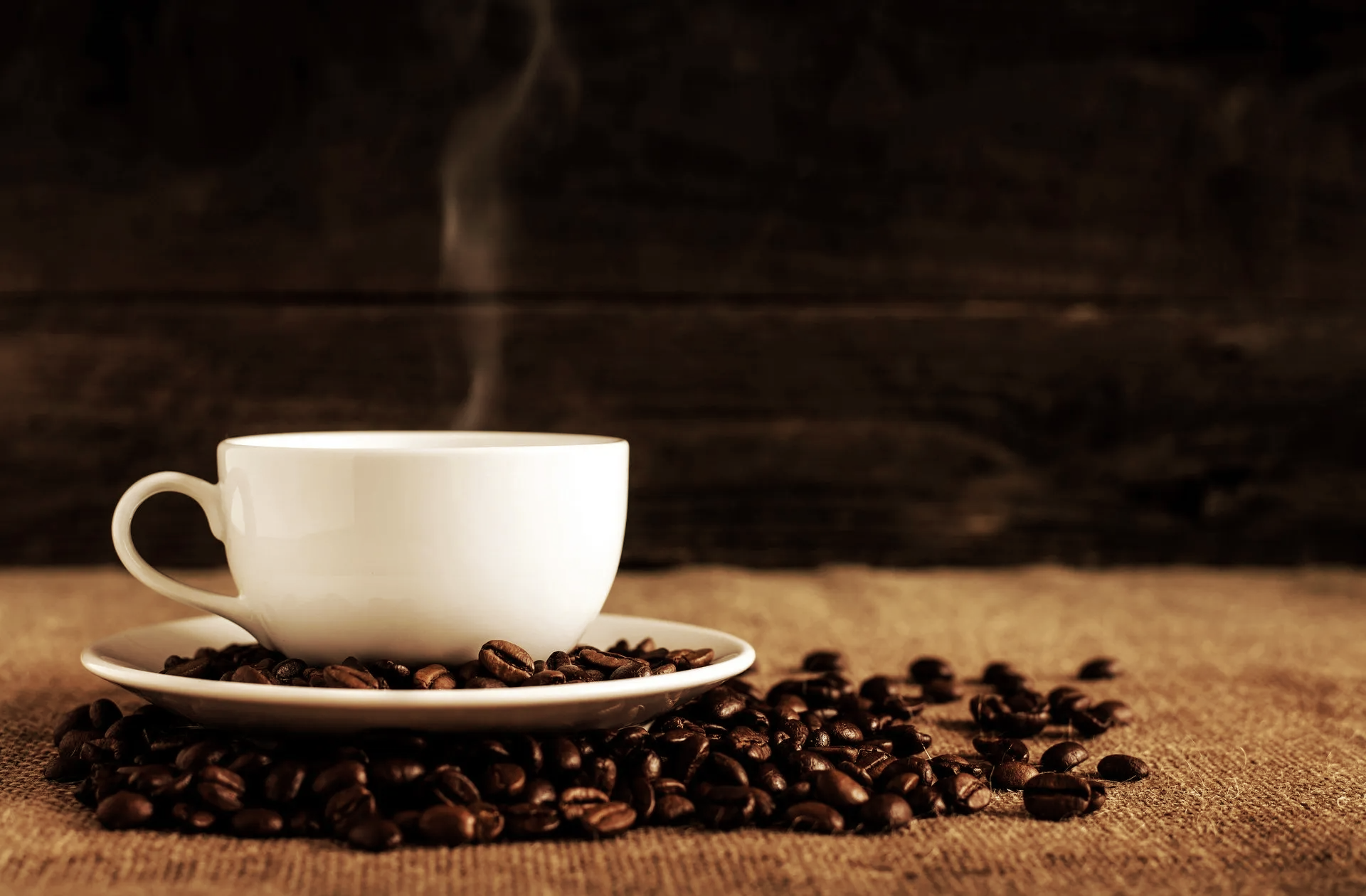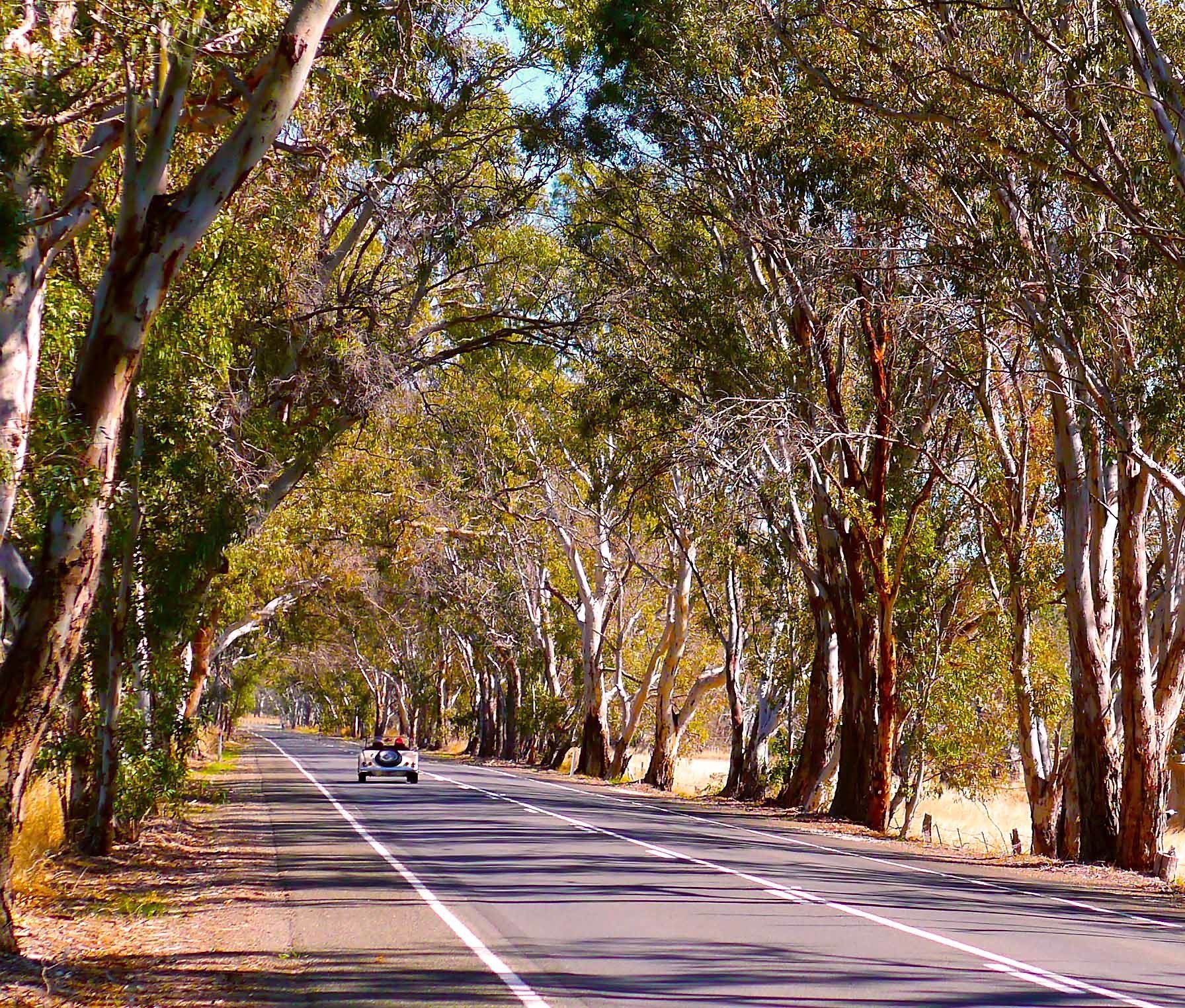Where to start making our own chocolate? Here some nerdy engineering came into play with the fun of researching the equipment required to make fine chocolate. We quickly realised that a big factor is the type of cacao bean that is used. With our goal being to increase the amount of cacao and reduce the sugar to match dry wine, the rare Criollo bean is particularly suited providing a very low bitterness on a typically "dark chocolate" ratio. Considering the cost, this bean is rarely used exclusively without a blend, but we want the best pairing we can make!
A number of other different methods have gone into our chocolate making such as a process called 'long conching', which is essentially finely grinding the cacao for a long period of time to form a smooth and velvety texture. We quickly realised that supermarket ingredients were not going to cut it and teamed up with Maretai Organics and Inspired Ingredients to get us started. Here comes the fun part, testing and tasting, right? Umm, no, no it doesn't, here comes seized chocolatey messes and a lesson, chocolate is a temperamental little pest.
We soon found that some more learning, experimentation and precision was required. A few learnings; reducing sugar increases the viscosity and makes things hard to work with, you can't let in ANY moisture from steam or ingredients (no Cadbury doesn't pour milk into their chocolate like on tv) and tempering requires precise control and a feel for what the chocolate is doing.
Here's a short pictorial to take you through;
Our chocolate making process... (Hover over the pictures!)
Thanks to Maretai for the raw ingredient photos!
